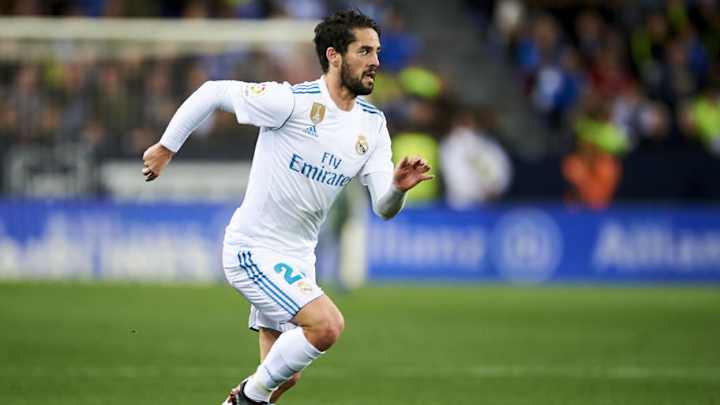Injury Analysis: Everything You Need to Know About Isco’s ACJ Injury in 1 Minute

The success of Real Madrid’s season this year lies entirely on the Champions League, but they will be without midfield magician Isco for the quarterfinal bout against powerhouse Bayern because he has been diagnosed with an ACJ sprain.
Here’s everything you need to know about the ACJ in 1 Minute.
What is the ACJ?
The ACJ (acromial-clavicular joint) is a joint without any inherent bony stability; meaning it relies solely on the surround soft tissues to keep it in place.
Its most important stabilisers are two major ligaments; the coracoclavicular ligament and the acromial-clavicular ligament.
How is it injured?
ACJ injuries account for 10% of shoulder injuries and are usually the cause of a direct blow to the shoulder (e.g. falling onto that shoulder).
What would I feel?
There is usually persistent pain over the ACJ which is located at your anterior shoulder.
Stressing of the ACJ; in the form of lifting, push-ups or cross-body adduction of the arm will result in aggravation of the pain.
Severity:
The severity of the injury depends upon which of the two ligaments are injured, and to what extent. X-rays are usually required to determine the severity grading.
There are a total of six grades of severity with a completely dislocated ACJ (both ligaments are torn) in the more severe grades 4-6; these cases will require surgery to fix/reconstruct the ligaments and re-stabilise the joint.
Grade 3 is also a complete tear of both the acromial-clavicular and coracoclavicular ligament, but the joint is still reducible.
Grade 2 is a tear of one ligament + a sprain of the other; while Grade 1 injuries indicate a sprain of only one ligament while the second is normal.
Management:
Grade 1-2 injuries are mostly treated with an arm-sling and physiotherapy; most patients will achieve full range of motion at six weeks and regain normal function by 12 weeks.
Treatment of Grade 3 injuries are still debated in expert circles; but in general, an elite athlete will be operated on, while a sedentary elderly patient will likely be treated conservatively with a sling and physiotherapy.
Severe Grade 4-6 injuries will require surgery to reconstruct the ligaments and most players will not be able to return for six months. In some cases where the diagnosis was late and treatment was delayed/neglected; the ACJ might need to be excised and reconstructed.
